Early summer is the best time to visit Great Smoky Mountains National Park. The weather is perfect, everything in and around the park is fully open—and it’s firefly season. There are 19 species of fireflies that call the park home, but only one draws crowds of spectators: the synchronous firefly, which, as a group, harmonize its light-flashing pattern into a spectacular light show when mating.
The Elkmont area of the park is home to the world’s largest synchronous firefly colony, and getting to witness the spectacle in person is a big deal. After a few years of reading about it, I decided it was time to see what it’s all about.
As with any natural phenomenon, there are all kinds of things that can affect the experience, and before I even left for the trip, it seemed like things were not lining up in my favor. An unexpected wave of warm weather in May caused firefly activity to peak earlier than predicted and, on top of that, scattered rain storms were in the forecast the night I was due to see them.
Luckily, despite all of this, the fireflies put on a show that lived up to the hype. If this was synchronous fireflies off from their peak performance, the visitors who saw them at the top of their game were truly lucky.
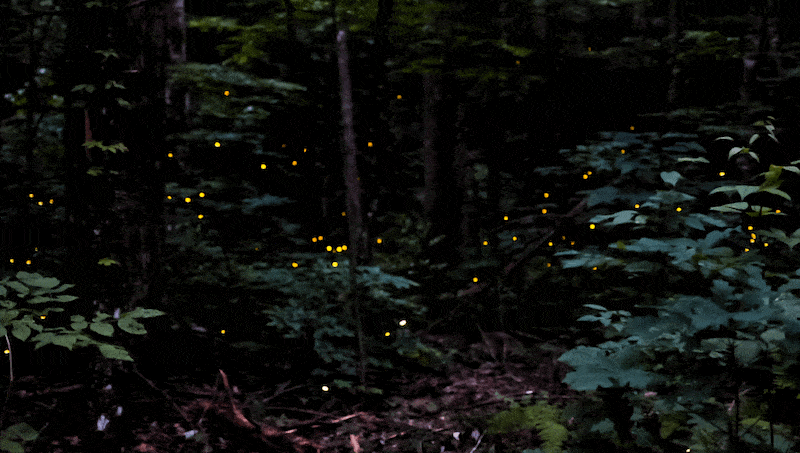
Getting lucky
Luck is a big part of the synchronous firefly experience, as visitors need to win a ticket in a lottery to see them during the two-week peak. And it’s competitive—I didn’t know anyone who had ever scored a ticket before. The ticket allows for a parking spot at the Sugarlands Visitor Center, and the ability to buy a $2 ride on the trolley from the visitor center to a parking lot at the edge of the viewing area.
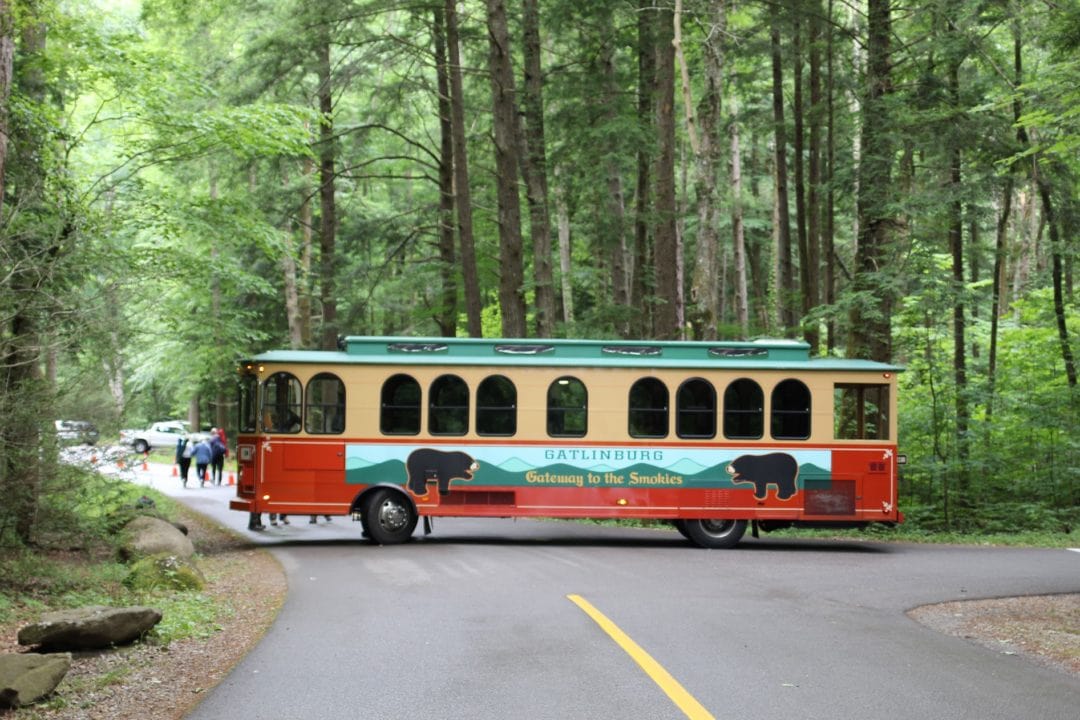
The viewing area is along two trails, the Jakes Creek Trail and the Little River Trail, which converge at the parking lot, making a V shape. In the center is a patch of woodland where the fireflies convene. The trails are part of Elkmont, which contains the Smokies’ largest campground and which also once housed two resort communities. You can still see the stone foundations and fireplaces left behind from some of the cabins.
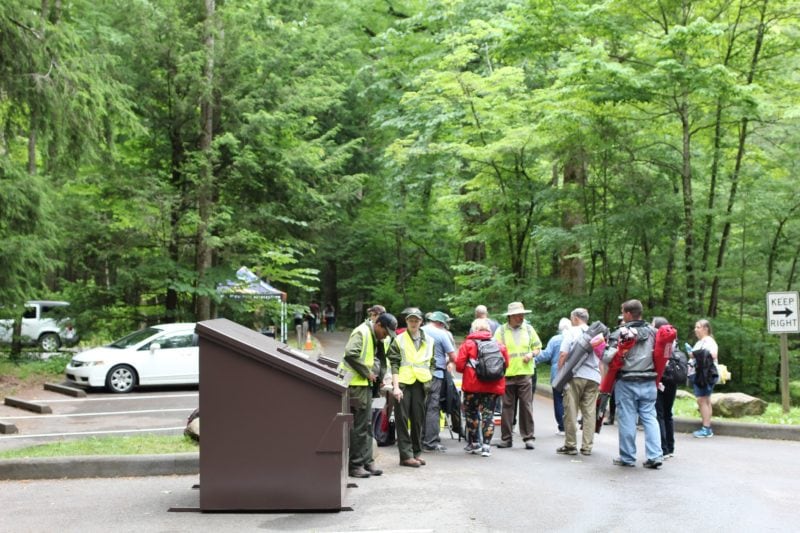
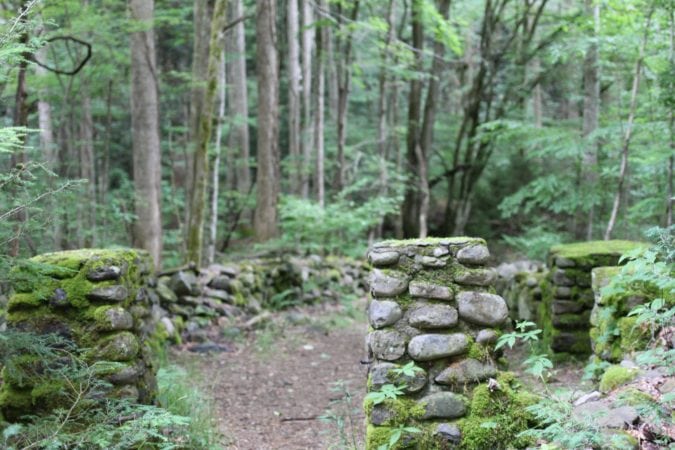

There was plenty of room on the trails to settle in. It didn’t feel overly crowded, and people were able to spread out a bit, although groups tended to bunch together in the better viewing areas that were closer to the parking lot. It’s essential to bring along something to sit on, a flashlight with a red filter (bright ambient light isn’t conducive to good firefly viewing), snacks, and especially water, since it can get hot and humid. I’d suggest chairs over blankets to avoid poison ivy. I had a nice spot on the Little River Trail, with the stream behind me and the woods in front of me.
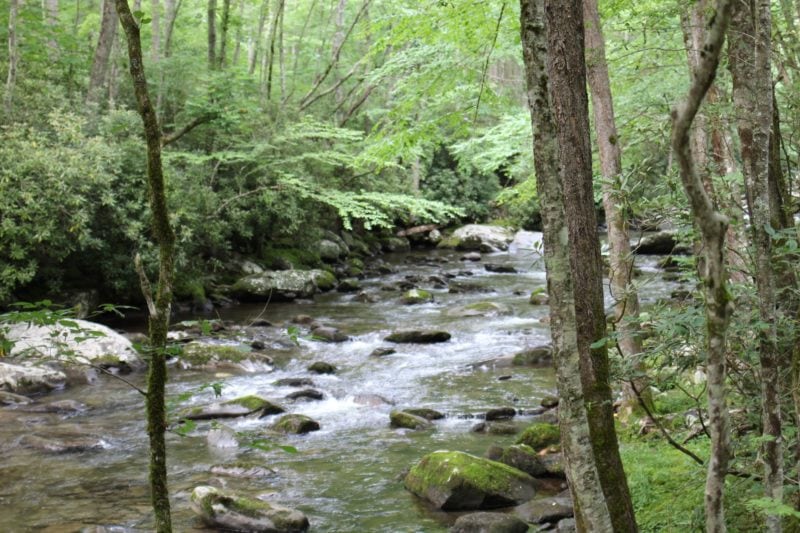
There were rangers walking around making sure that everyone’s questions were answered and that everyone had the provided red filters on their flashlights and cameras. One, Ranger Adam, gave me the lowdown on picking the best spot for firefly-spotting. “You want an area that’s open, with lots of tall trees and undergrowth,” he said. The undergrowth is particularly important, since that’s where the female fireflies are. Ranger Adam explained, “Normally, the females like to hang out in grassy areas, but in the woods, they like the undergrowth.”
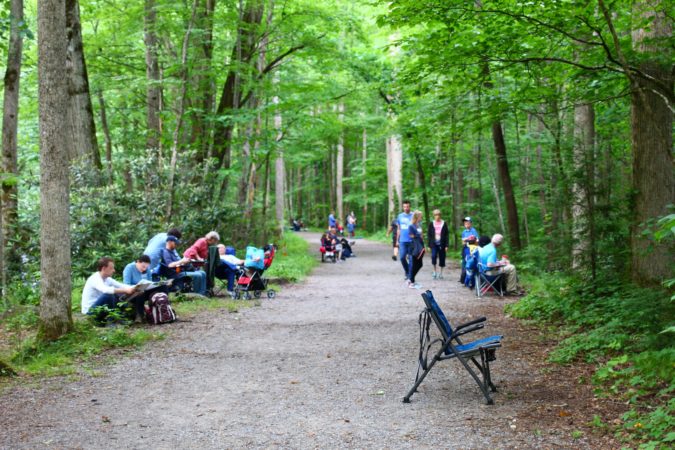
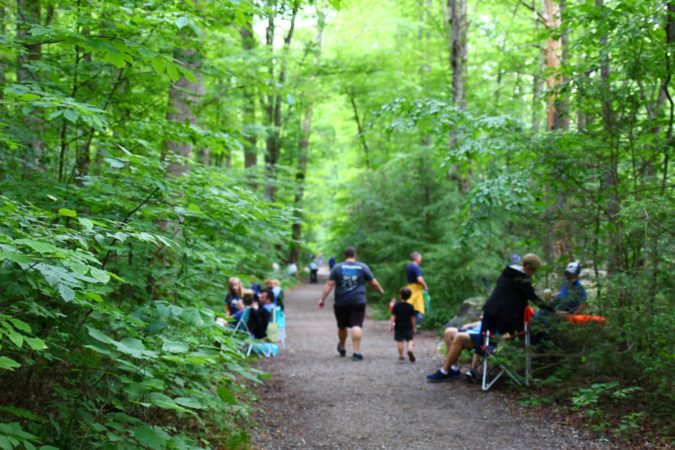
He told me to look for the males to send out five to eight really bright flashes, and then the females to answer with two duller bursts of light. This is how male and female fireflies are able to find one another to reproduce.
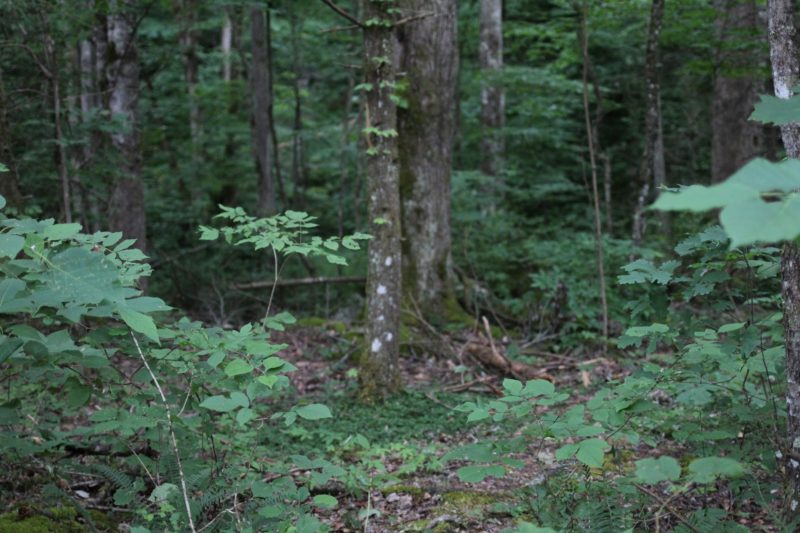
A bright, brief life
Fireflies only live as adults for a short period, roughly 21 days for the synchronous (photinus carolinus) fireflies. They take one to two years to mature from larvae, but once they reach maturity, they’re around just long enough to mate and then they die. Knowing this makes watching the fireflies all the more interesting. They may not live for long, but they go out in a blaze of synchronous, rave-y, light show glory.
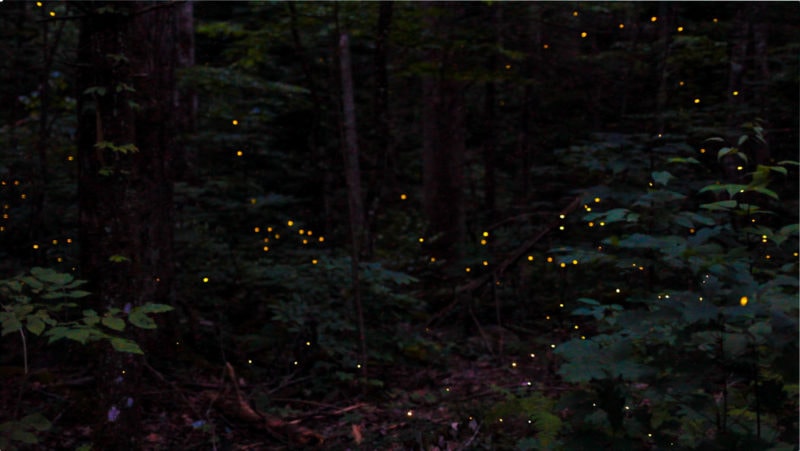
The fireflies started slowly showing up about twenty minutes before sunset, but it wasn’t until about an hour later, when it was pitch black, that they really started to sync. When they were in full force, there would be a few seconds of furious, random flashing, followed by a few more seconds of still darkness. Most of the action was happening about 100 feet away in the forest, although the odd firefly occasionally floated past the trail.
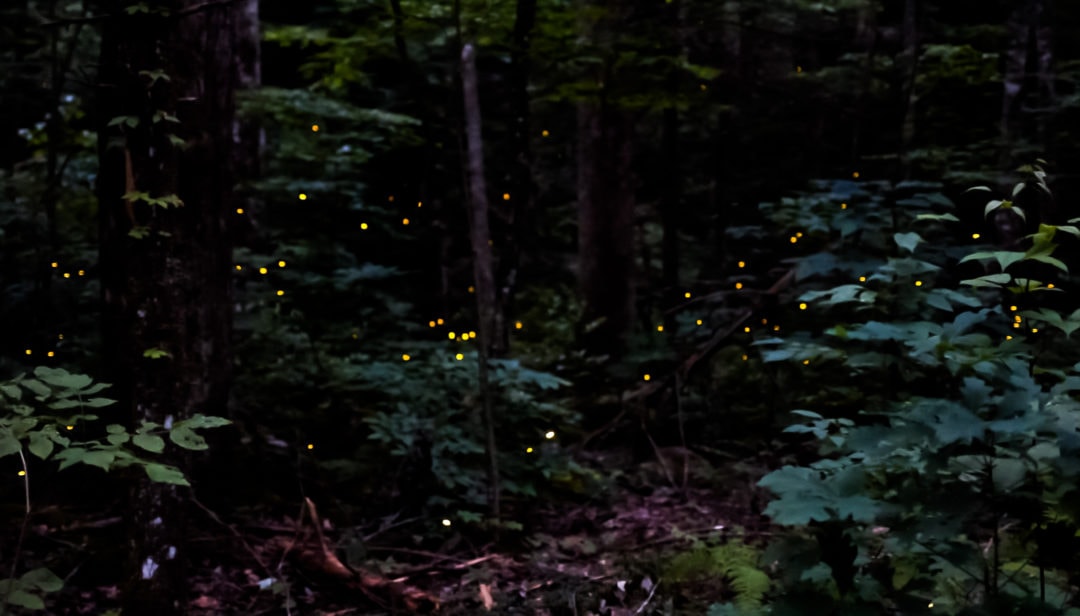
I had heard that the fireflies go until about 11 p.m., depending on when they start and how the weather is, and that people can stay at the viewing around until 1 or 2 a.m. I didn’t stay that late, and neither did many spectators, since it started raining around 10.
My main takeaway was to not let predictions of rain or less-than-optimal conditions make me feel less excited about seeing something like this. The one downside of the otherwise magical experience is that it’s incredibly difficult to really capture it on a camera or on video. It remains one of those rare things that you truly just have to see in person, which makes actually witnessing it all the more special.
If you go
The lottery to win the vehicle passes needed to view the synchronous fireflies opens at the end of April. Late May to early June is typically mating season and the peak time to view the fireflies.






